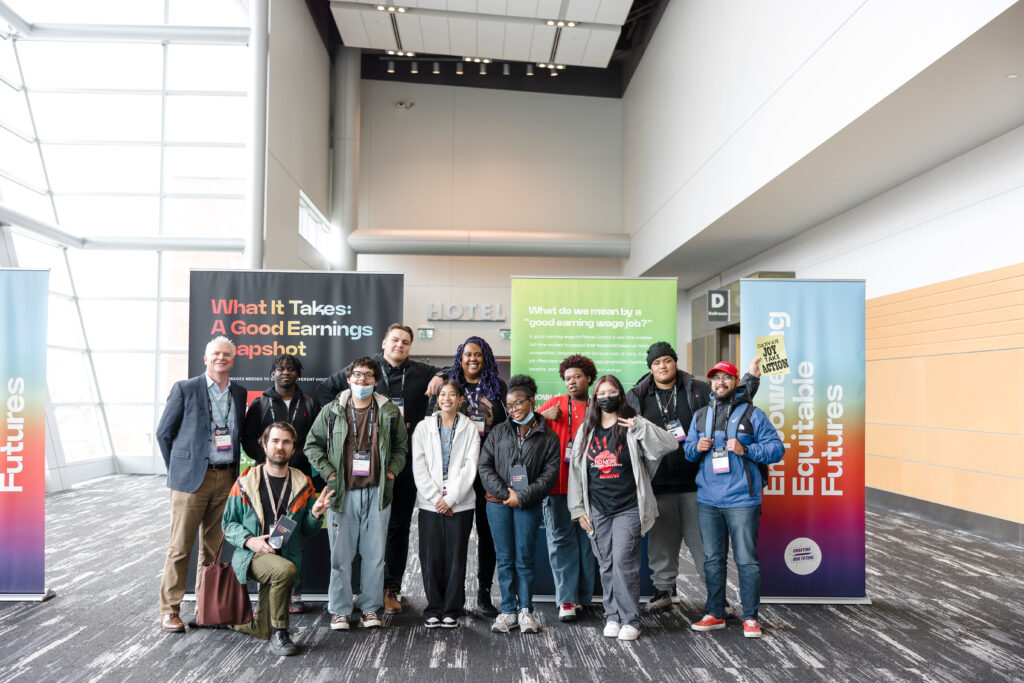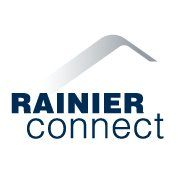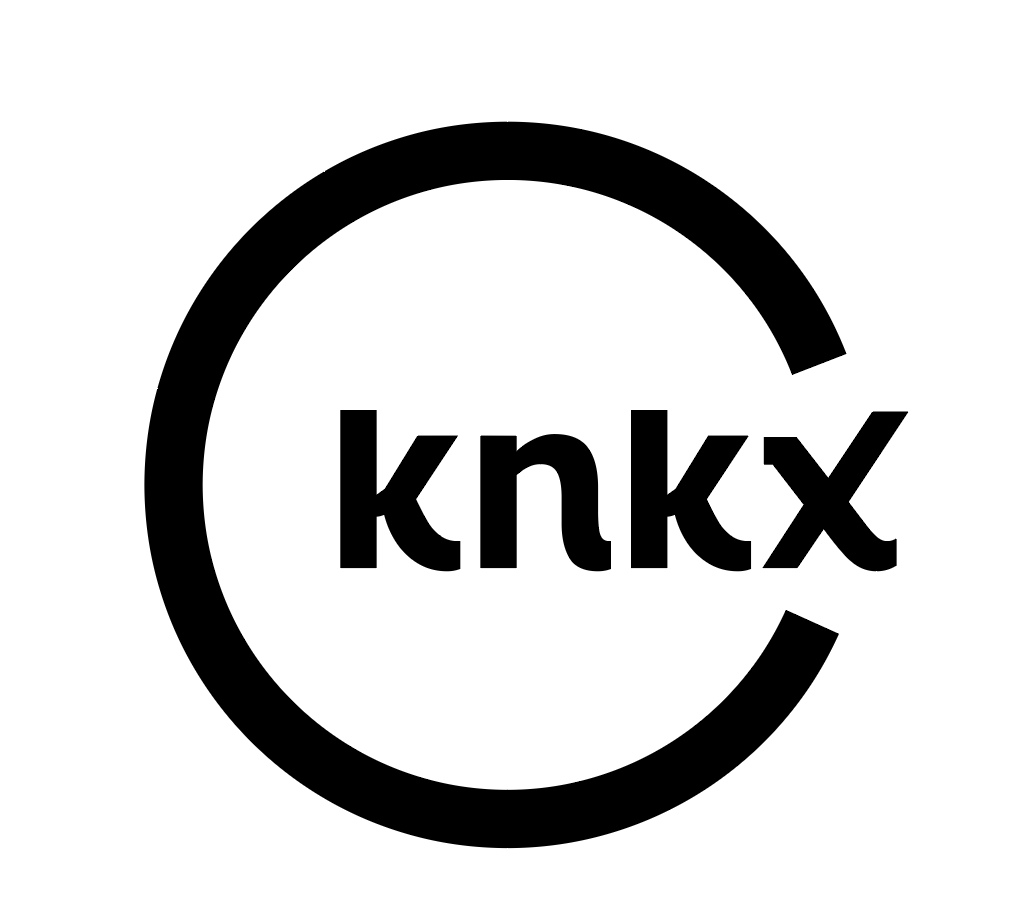This blog series spotlights the ten policy recommendations from our latest Making the Case Report: A Policy Blueprint to Increase Financial Aid Uptake. Each week, we’ll focus on a key strategy designed to increase FAFSA/WASFA completion and financial aid attainment.
While we explore these specific policy recommendations, our team will continue to track and report on the broader legislative landscape. We’ll keep you updated on bills related to student-centered policies throughout the 60-day session. For a real-time update of relevant bills, please visit our 2024 bill tracker.
Washington’s education system can be made vastly more equitable and transparent through the creation of a streamlined report card for high school to postsecondary education. The Washington Student Achievement Council (WSAC) is urged to craft policies that lead to updated success indicators, co-designed with districts and institutions, aligning with professional opportunities and emphasizing increased preparation and enrollment for underserved students. Going beyond traditional credentials, the proposed measures assess the impact of postsecondary pathways on career attainment and would further spotlight equity gaps in employment outcomes.
Policy Recommendation #8
Develop a High School to Postsecondary Education System Report Card that aligns indicators of progress in K-12 and higher education with goals for student success goals, with a specific focus on closing equity gaps.
WSAC should develop policy that requires the development of new statewide success measures, in collaboration with school districts, postsecondary institutions, and other key stakeholders, which directly align to enhanced professional opportunities. This should include adopting K-12 targets for increasing postsecondary preparation and seamless enrollment for students of color and low-income students aligned to our state’s postsecondary attainment goal.
These new success measures should extend beyond credential attainment to examine the impact postsecondary pathways have on a student’s career attainment and must shine light on progress toward addressing equity gaps in job placement and career attainment. A variety of specific success measures such as postsecondary value, placement rates, financial return on investment, price-to-earnings premium, and postsecondary employment outcomes should be considered.
Similar to the state- and district-level report cards published by OSPI, these success measures should be easily accessible to the public and published annually as a High School to Postsecondary System Report Card. This should include annual updates to the legislature and the public on how school districts and higher education institutions are working individually and collectively to address equity gaps in credential and career attainment.
Example
Here in Washington, the Workforce Education Investment Accountability and Oversight Board created the following performance accountability metrics in 2021 that offer a strong starting point:
- Statewide Student Enrollment
- FAFSA/WASFA Completion in Grade 12 (and others)
- WA College Grant-Eligible Student Enrollment
- Postsecondary Completion Rate
- High School to Postsecondary Retention Rate
- Time to Degree
- Economic Outcomes
The Colorado Department of Higher Education publishes an annual return on investment (ROI) report to assist lawmakers, taxpayers, students and families in understanding the value of postsecondary education in Colorado.
Minnesota’s P-20 Partnership has set benchmarks for each student subgroup as part of its statewide postsecondary attainment goal and leverages the partnership to identify high impact strategies for addressing equity gaps.
















